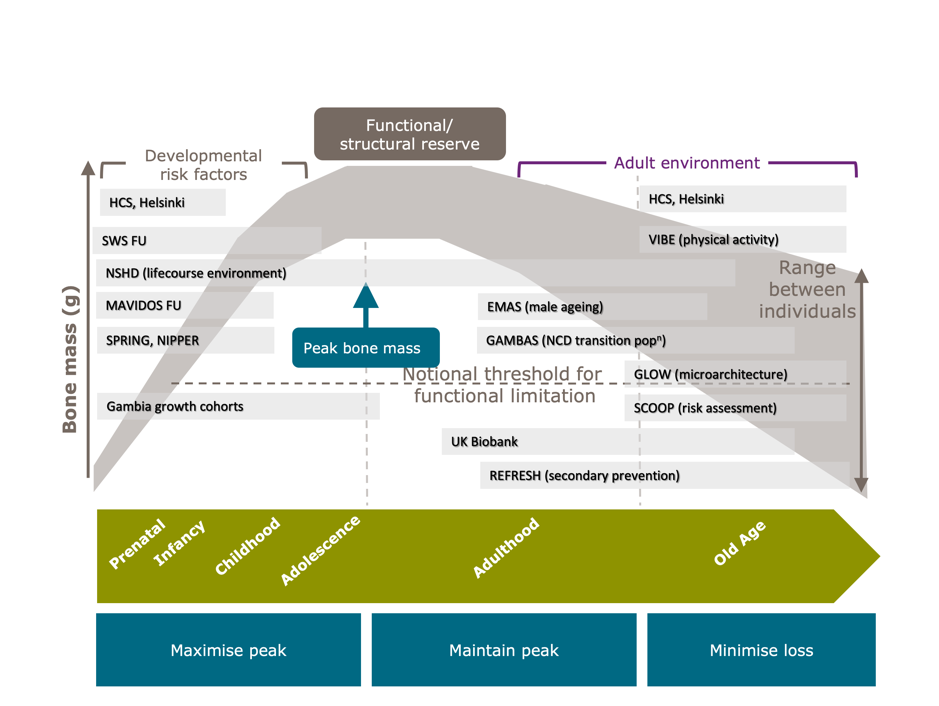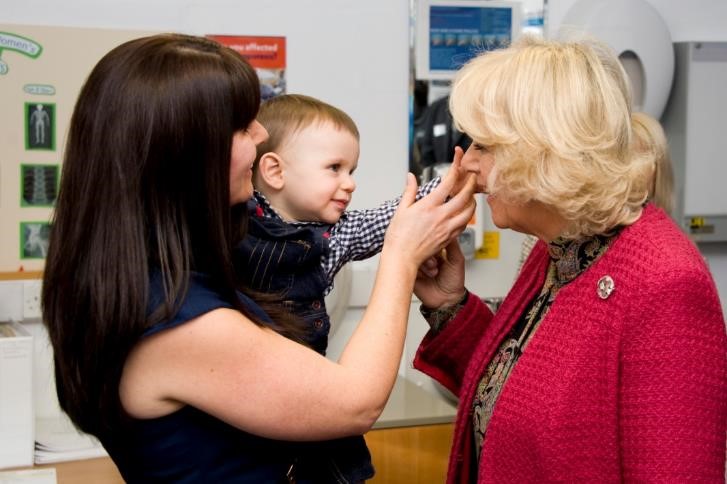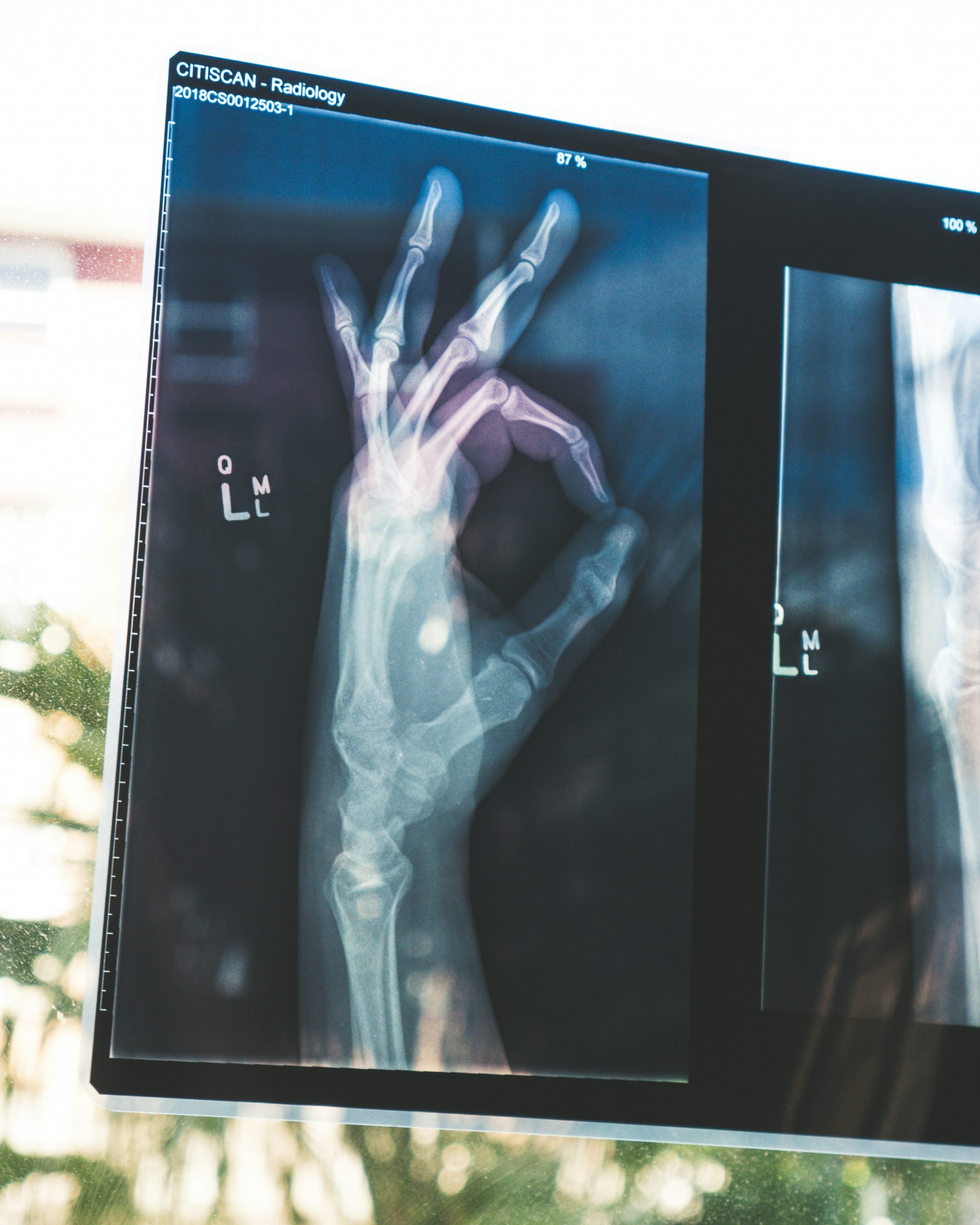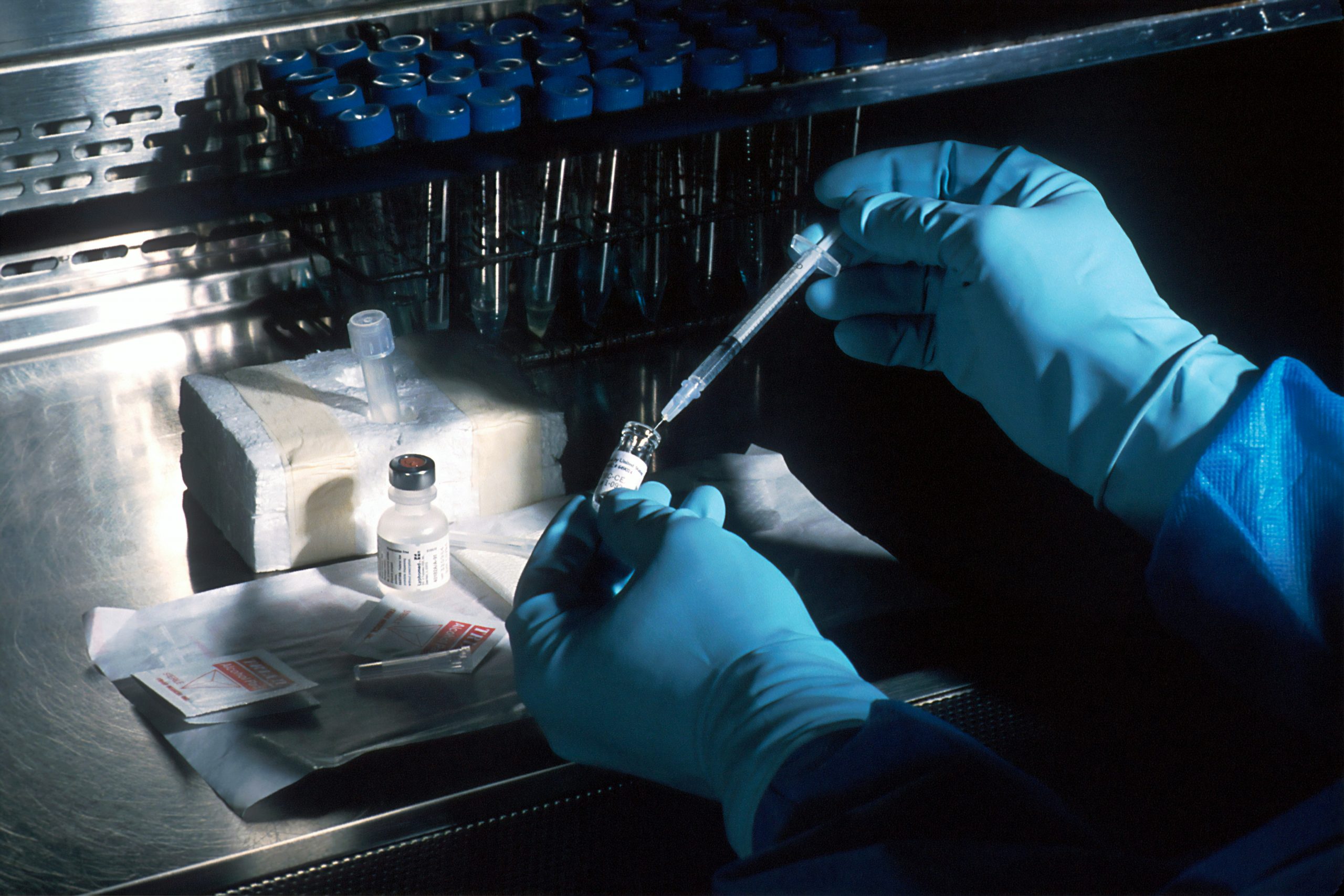Programme 3
Aim: To elucidate the risk factors for, and mechanisms which underlie, the developmental origins of osteoporosis and other musculoskeletal disorders; and to develop intervention studies aimed at modifying later disease risk through nutritional and other interventions targeted at critical periods of early development.
Burden of musculoskeletal disease: Chronic non-communicable musculoskeletal disorders are one of the leading causes of disability globally, with associated disability equivalent to 3% gross national product worldwide. Conditions such as osteoporosis and sarcopenia lead to substantial morbidity, economic cost and reduced survival, placing an enormous burden at the level of the individual, healthcare systems and society. It has been estimated that the remaining lifetime risk of osteoporotic fracture approaches 50% among women and 20% among men at age 50 years; the annual cost to the NHS of managing osteoporotic fractures is over £4 billion, with over half of this figure attributable to hip fracture.

Optimise peak bone mass: Whilst historically interventions aimed at reducing the burden of such conditions has been focused on targeting those at highest risk, the very high prevalence suggests that interventions at the population level may effectively reduce the risk of associated outcomes such as osteoporotic fracture [Figure]. Thus, for example, a 0.3SD increase in bone mineral density at the population level would be expected to reduce the overall burden of hip fracture by 18.4%. Importantly, bone mass tracks through growth, that is, an individual tends to stay in the same position in the overall distribution relative to peers across time, and the peak bone mass achieved in early adulthood is strongly associated with later risk of osteoporosis and fracture. Thus optimising peak bone mass, through interventions in early life, represents a potentially highly effective population-based approach to improving bone health and reducing risk of fractures. A comparable paradigm can be used in the context of muscle development and prevention of sarcopenia.

Programme 3 mission: We have led work in this field internationally, pioneering research aimed at establishing links between early growth and bone/muscle mass at peak and in later life, and adult fracture risk; elucidating underlying mechanisms, and developing novel interventions. Through our work at the MRC LEC, and close collaboration with University of Southampton Institute for Developmental Sciences and colleagues worldwide, we aim to prevent osteoporotic fractures in populations by:
- elucidating risk factors for reduced bone and muscle accrual during growth and development;
- better understanding the mechanisms underlying the changes in bone and muscle mass and strength early in the lifecourse; and
- identifying potential early interventions aimed at optimising musculoskeletal development and so maximizing peak bone and muscle mass.
Pregnancy vitamin D supplementation and offspring bone and muscle mass
Epigenetic mechanisms in early musculoskeletal development
Early growth, pubertal transition and musculoskeletal health

Key Discoveries

Ongoing Research
